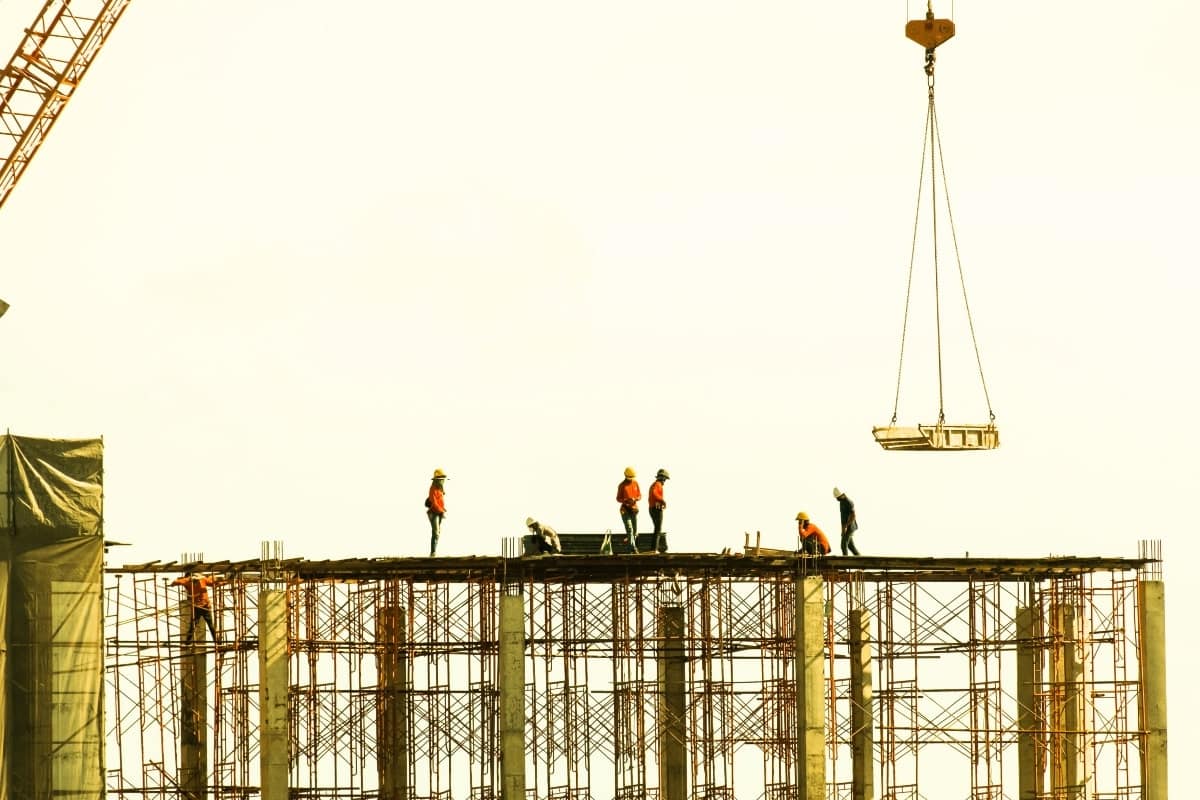Safety on a high-risk site is arguably the most important consideration for high-risk construction work. Problems like unauthorised access, workers in the wrong areas and unmarked hazards can compromise safety and put both workers and the general public at risk.
Keeping control over those risks calls for a comprehensive approach that involves rigorous planning, adherence to regulations, continuous training and practical safety measures any builder can put in place, such as temporary fencing.
Identifying and managing high-risk activities
High-risk construction work is a big category that includes any activities that pose a significant threat to workers’ health and safety. In Australia, examples of high-risk construction work include working at heights, excavation, handling hazardous materials, demolition and work done in a confined space.
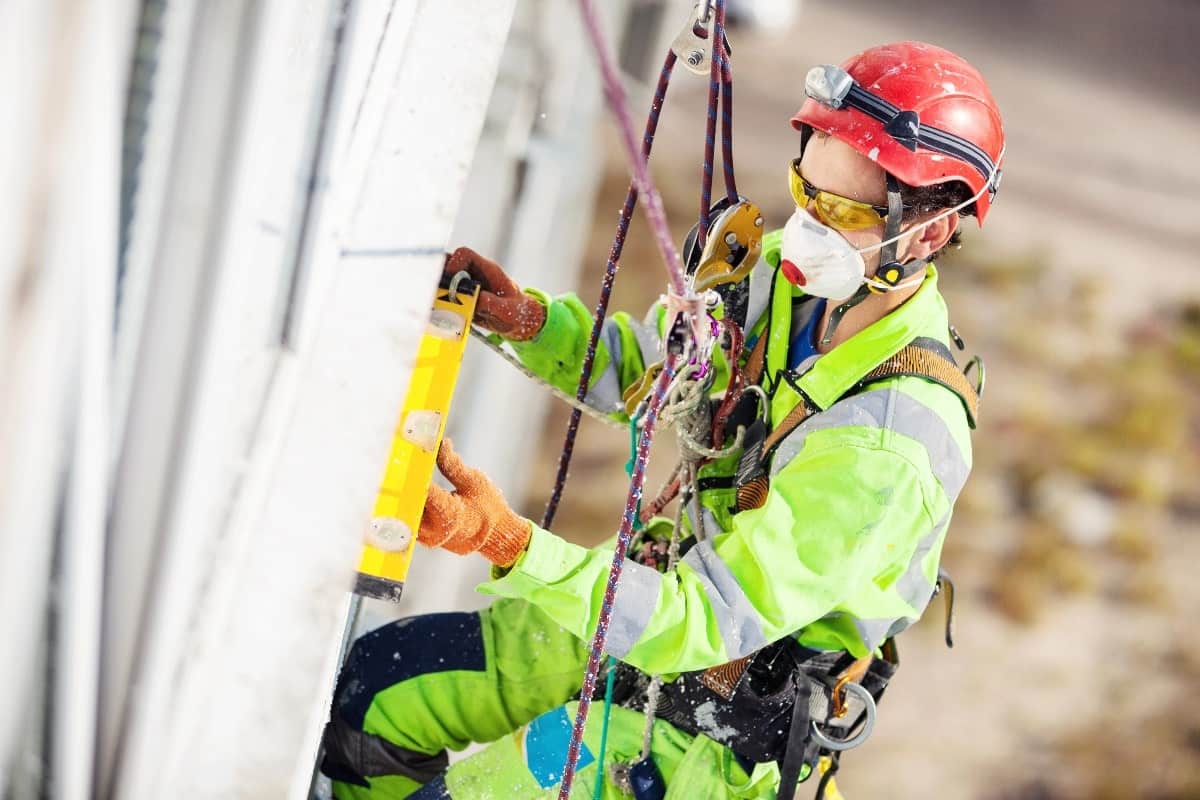
Learning what constitutes high-risk construction, and the measures recommended for managing them is central to developing appropriate risk-mitigation strategies.
High-risk activities in construction work
This proactive approach begins with a thorough understanding of the specific high-risk activities commonly encountered in these industries.
1. Working at Heights: Involves tasks with a risk of a person falling more than 2 metres. Working at heights includes activities such as roofing, using ladders, scaffolding, or any elevated work platforms. Falls from heights are a leading cause of serious injury and fatality in the construction industry, necessitating edge protection systems such as harnesses, guardrails, and safety nets.
2. Working on Telecommunication Towers: This type of work involves climbing and performing tasks on tall structures used for telecommunications. Workers face risks from falls, electrical hazards, and exposure to extreme weather conditions. Proper training, personal protective equipment (PPE), and adherence to safety protocols are essential.
3. Demolition Work: Demolition of any part of a structure that is load-bearing or integral to its physical integrity is considered high-risk. This includes controlled demolitions using machinery or explosives. Safety measures include careful planning, using temporary fencing and barriers to protect workers and the public, and employing trained professionals.
4. Asbestos Removal: Activities involving the disturbance of asbestos, a hazardous material, can release dangerous fibres into the air. Proper identification, containment, and removal by licensed professionals are critical. Workers must use PPE, and the work area should be isolated with temporary fencing to prevent exposure.
5. Temporary Support & Scaffolding: Constructing, altering, or repairing scaffolding poses risks, especially if temporary supports are required to prevent collapse. Proper assembly, regular inspections, and secure anchoring are necessary to ensure stability and safety.
6. Confined Spaces: Work in or near confined spaces, such as tanks, silos, or pits, presents risks due to limited entry and exit, poor ventilation, and potentially hazardous atmospheres. Workers must use proper breathing apparatus, monitor air quality, and have emergency procedures in place.
7. Trenching and Excavation: Excavating trenches or shafts deeper than 1.5 metres can lead to cave-ins, falls, and engulfment. Protective systems like shoring, shielding, and trench boxes must be used, and entry should be restricted to trained personnel with access control systems, such as temporary fencing.
8. Work Inside or Near Tunnels: Tunnelling involves risks from structural collapse, exposure to harmful gases, and limited escape routes. Adequate ventilation, structural supports, and emergency response plans are essential for worker safety.
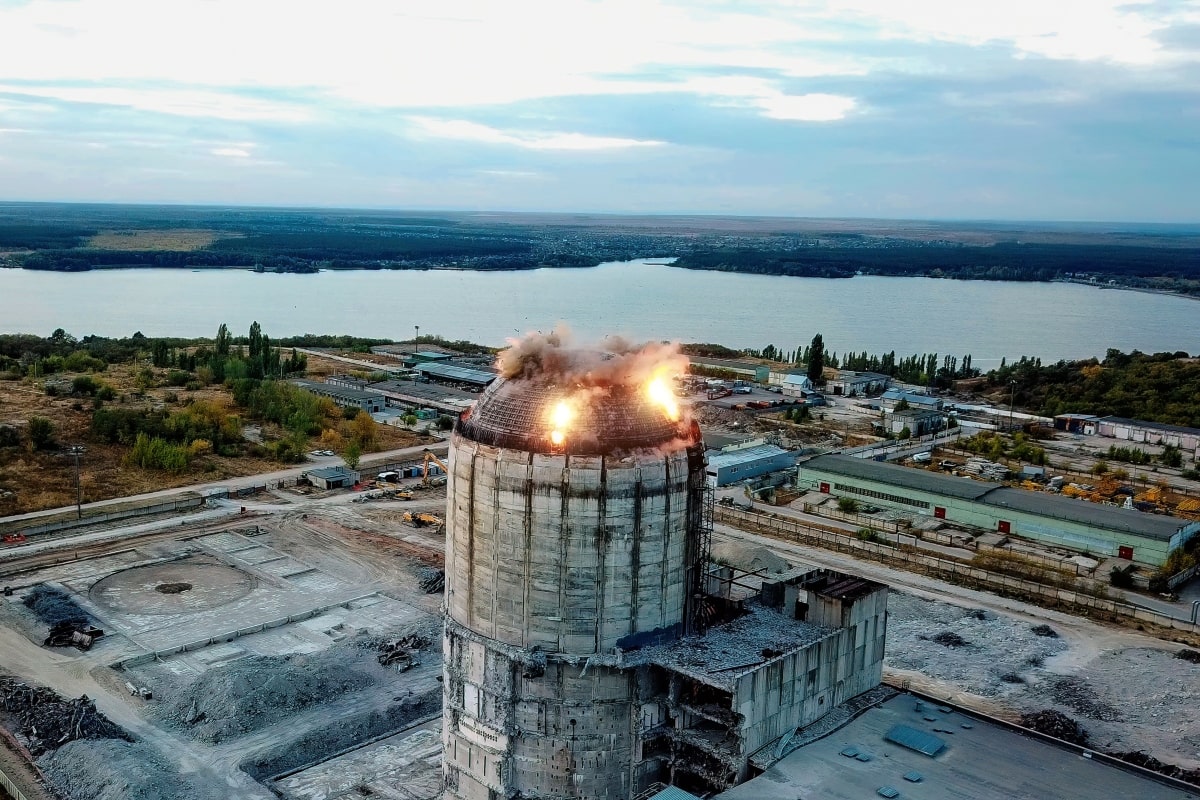
9. Working with Explosives: Using explosives for demolition or construction requires meticulous planning and execution. Only trained and certified professionals should handle explosives, and strict safety protocols must be followed to prevent accidental detonations.
10. Pressure Equipment: Work near pressurised gas mains or piping involves risks of explosions and leaks. Regular maintenance, proper training, and emergency shut-off procedures are crucial to manage these risks effectively.
11. Work Near Chemical or Refrigerant Lines: Tasks involving chemical, fuel, or refrigerant lines pose risks of exposure to hazardous substances. Proper handling procedures, use of PPE, and immediate spill response plans are necessary to protect workers.
12. Live Electrical Work: Performing tasks on or near live electrical installations can result in electric shock, burns, or arc flash incidents. De-energising circuits, using insulated tools, and adhering to lockout/tagout procedures are critical to safety.
13. Working Near Energised Power Lines: Activities near power lines require maintaining a safe distance, using insulated equipment, and continuous monitoring to prevent accidental contact, which can lead to severe injuries or fatalities.
14. Work in Contaminated Atmospheres: Working in areas with contaminated or flammable atmosphere requires monitoring air quality, using appropriate respiratory protection, and ensuring proper ventilation to prevent inhalation of harmful substances.
15. Tilt-Up Concrete: Erecting tilt-up or precast concrete panels involves significant risks due to the weight and size of the panels. Proper rigging, bracing, temporary fencing and cranes operated by trained personnel are necessary to prevent accidents.
16. Working Next to Roadways: Construction projects on or adjacent to a roadway, shipping lane or other traffic corridor expose workers to traffic hazards. Implementing risk control measures, using barriers, and temporary fencing and ensuring high-visibility clothing can help protect workers from vehicular accidents.
17. Mobile Plant and Machinery Operation: Operating heavy machinery and powered mobile plant work in construction zones poses a risk of collisions, rollovers, and entrapment. Operators must be trained and certified, and clear communication and signalling systems should be in place.
18. Working in Extreme Temperatures: Exposure to extreme heat or cold can cause heat stress, hypothermia, or other health issues. Providing adequate hydration, rest breaks, and protective clothing helps mitigate the risk in artificial extremes of temperature.
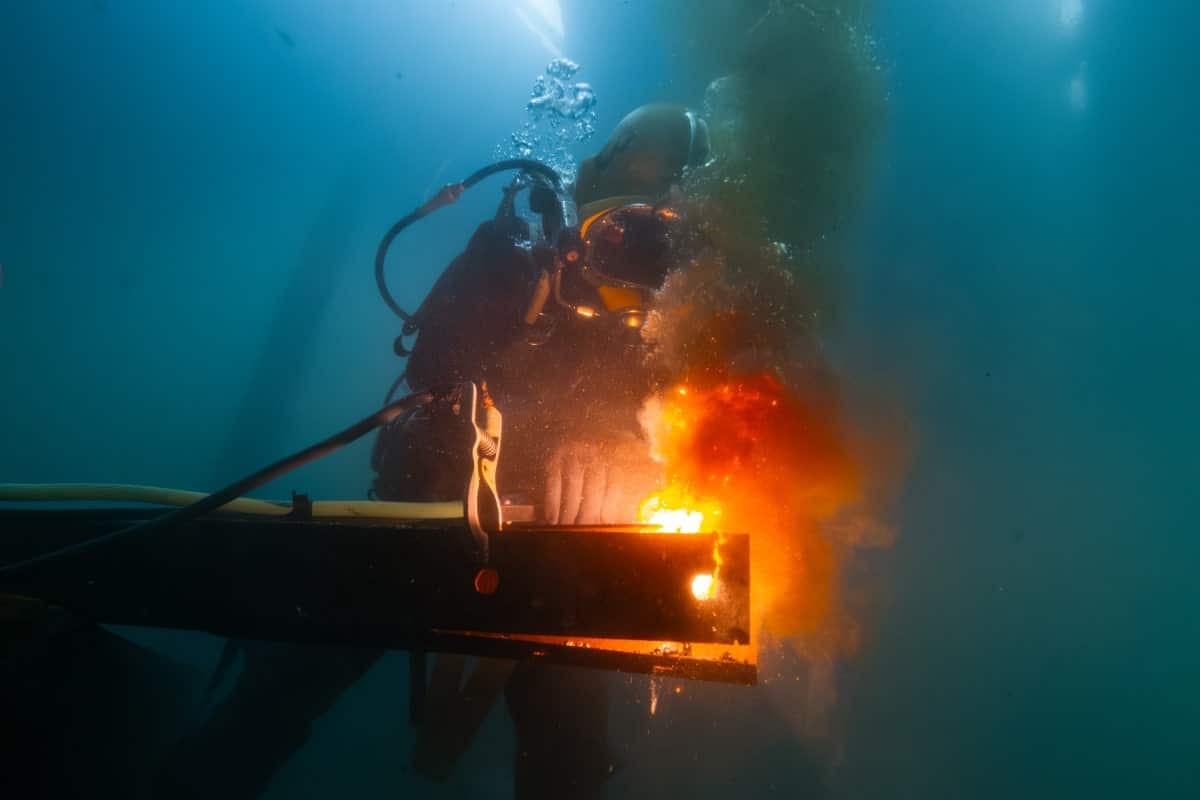
19. Working Near or Over Water Bodies: Tasks performed near water bodies pose drowning risks. Workers should wear life jackets, and safety measures like barriers and rescue equipment should be readily available.
20. Work Involving Diving: Underwater inspections or repairs, involve risks like decompression sickness and drowning. Divers must be properly trained and equipped, and diving operations should follow strict safety protocols.
A robust safety culture can significantly reduce the risks associated with these high-risk activities, leading to a safer and more productive work environment.
The role of risk assessment
Before a contractor can take active safety measures on a high-risk construction project, it’s necessary to know what those risks are and where they can be controlled. Doing a thorough risk assessment is fundamental to promoting workplace safety on construction sites.
A good risk assessment starts with identifying potential construction site hazards and evaluating the likelihood and severity of risks. Builders can then get started implementing control measures to minimise these risks and maintain compliance with workplace health and safety policies and procedures.
Regular review processes help to ensure ongoing safe conditions and keep site managers agile enough to maintain adaptability to changes on the site as work progresses.
Safety protocols and regulations
In Australia, construction safety is governed by stringent laws and evidence-driven guidelines meant to protect workers. Compliance with Work Health and Safety (WHS) law in Australia is regulated, and severe penalties are in place so every project is as safe as possible.
These regulations give builders and regulators a reliable framework for identifying, assessing and controlling risks associated with all types of construction work, especially for high-risk projects.
Implementing company-specific protocols that align with these regulations ensures a safe working environment and demonstrates a commitment to worker welfare. Ideally, this will be done by a safety and compliance officer, whose background and education give them the expertise they need to craft internal safety rules that meet or exceed official guidelines.
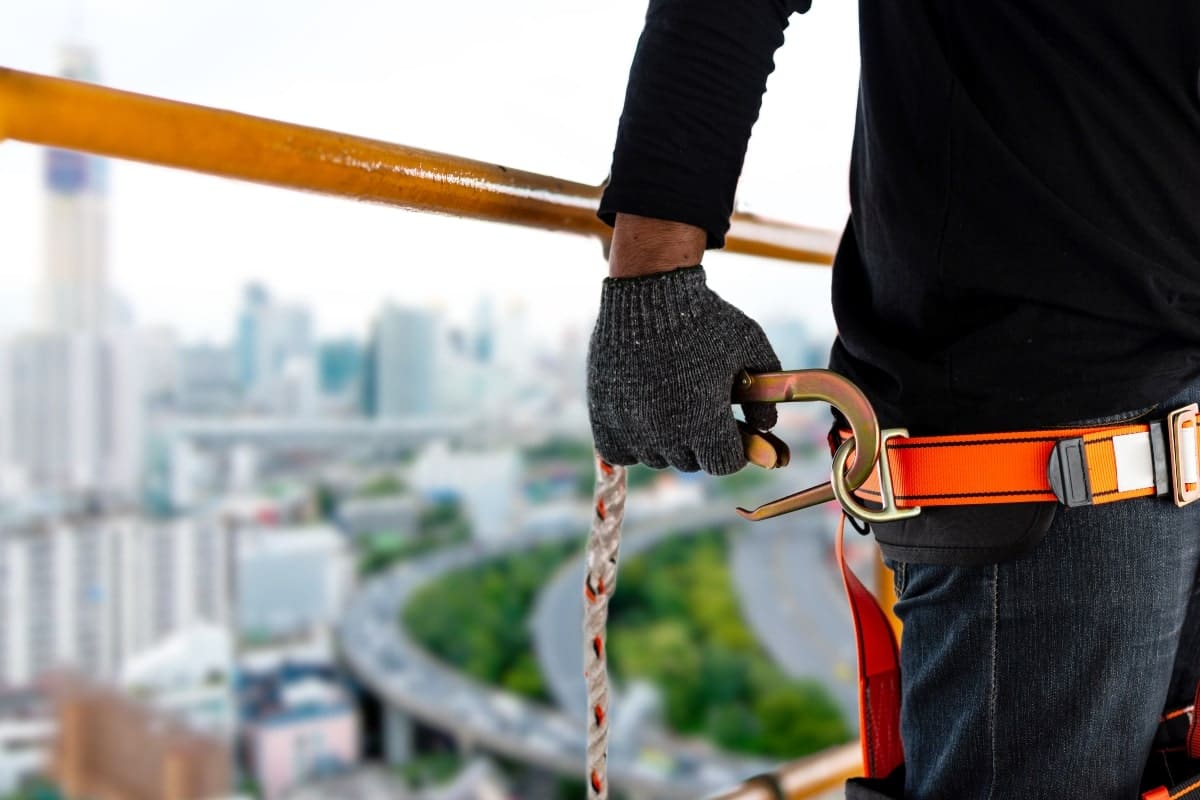
Industry training and education
Worker competence is a cornerstone of safety on high-risk construction sites. Providing internal and up-to-date workplace safety training is the responsibility of every builder.
Key topics in safety training courses should include hazard identification, emergency procedures, proper use of PPE and site-specific safety practices related to high-risk activities.
Government certifications and continuing education for safety professionals both play a critical role in maintaining high safety standards by making sure workers are knowledgeable and prepared to handle risks effectively.
Use of personal protective equipment (PPE)
Personal protective equipment (PPE) is one of the most important elements in safeguarding workers against potential hazards. Required workplace PPE for high-risk construction jobs includes hard hats, safety glasses, high-visibility clothing, gloves and protective footwear, such as steel-toed shoes.
Proper fit and maintenance of PPE is essential, as is training workers to use it effectively. PPE serves as the last line of defence, reducing the impact of hazards when other control measures fail.
Temporary fencing in high-risk construction work
Temporary fencing is a critical safety measure on high-risk construction sites. It helps delineate high-risk areas, discouraging unauthorised access and creating a physical barrier that protects workers and the public.
Unlike caution signs, which only warn, temporary safety fencing provides a tangible deterrent and control measure. Its mobility allows for easy rearrangement, making it versatile for various site requirements.
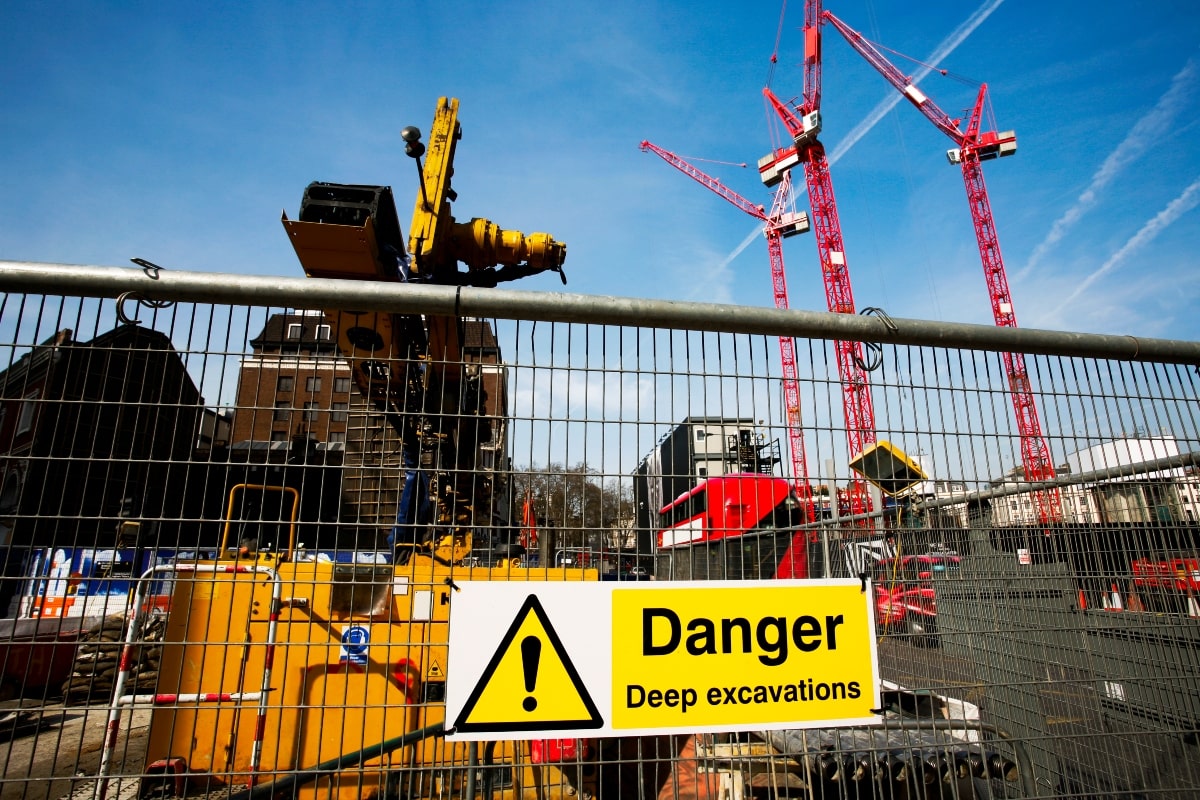
Types of temporary fencing
There are different fencing types for construction sites, including mesh panels, chain links, and crowd control barriers.
- Mesh panels are lightweight and easy to install, ideal for general site delineation.
- Chain link fencing provides robust security and is suitable for high-risk areas requiring stronger barriers.
- Barricades are versatile and can be used for crowd control and directing pedestrian traffic around hazardous zones.
Installation and maintenance of temporary fences
Proper installation and maintenance of temporary fencing are essential for ensuring its stability and effectiveness. Fencing should be securely anchored, with posts driven deep enough to withstand wind and impact. Regular inspections are necessary to identify and address any damage or instability. Maintaining the integrity of the fencing guarantees continuous protection and compliance with safety standards.
Emergency preparedness and response
Emergency planning is essential for high-risk construction projects. Developing and implementing comprehensive emergency response plans is crucial.
- These plans should include protocols for various emergencies, such as fires, chemical spills, or structural collapses.
- Conducting regular emergency drills ensures that workers are familiar with the procedures and can respond quickly and efficiently.
- Additionally, construction sites must be stocked with necessary safety and first aid equipment, including fire extinguishers, first aid kits, and emergency contact information.
Preparedness can significantly reduce the impact of an emergency and save lives.
Effective communication and supervision for high-risk construction sites
Effective communication is vital for maintaining safety on high-risk construction sites. Safety and management officers should establish clear lines of communication among workers so everyone is aware of potential hazards and safety protocols.
- Regular safety briefings keep workers informed and engaged in maintaining a safe work environment.
- Supervisors play a critical role in monitoring and enforcing safety protocols, ensuring that workers adhere to safety guidelines and promptly addressing any safety concerns.
Strong communication and supervision can prevent accidents and promote a culture of safety.
Are you planning your next construction job?
Managing high-risk construction work requires a multifaceted approach, combining rigorous planning, adherence to regulations, continuous training, and practical safety measures like temporary fencing and barriers. Risk control measures enhance site safety by preventing unauthorised access and providing a physical barrier against hazards.
Ensure your construction site remains secure and compliant with TTFS. We are a leading supplier of high-quality construction site accessories, from temporary fencing and barriers to scaffold net rolls and barrier mesh, designed to meet Australian safety standards.
If you have a question or need a fast quote, contact our team today at 1300 841 782.
TTFS delivers nationwide, with depots in Melbourne, Sydney, Brisbane, Perth and Adelaide, so you can rely on TTFS for exceptional service and fast delivery.
